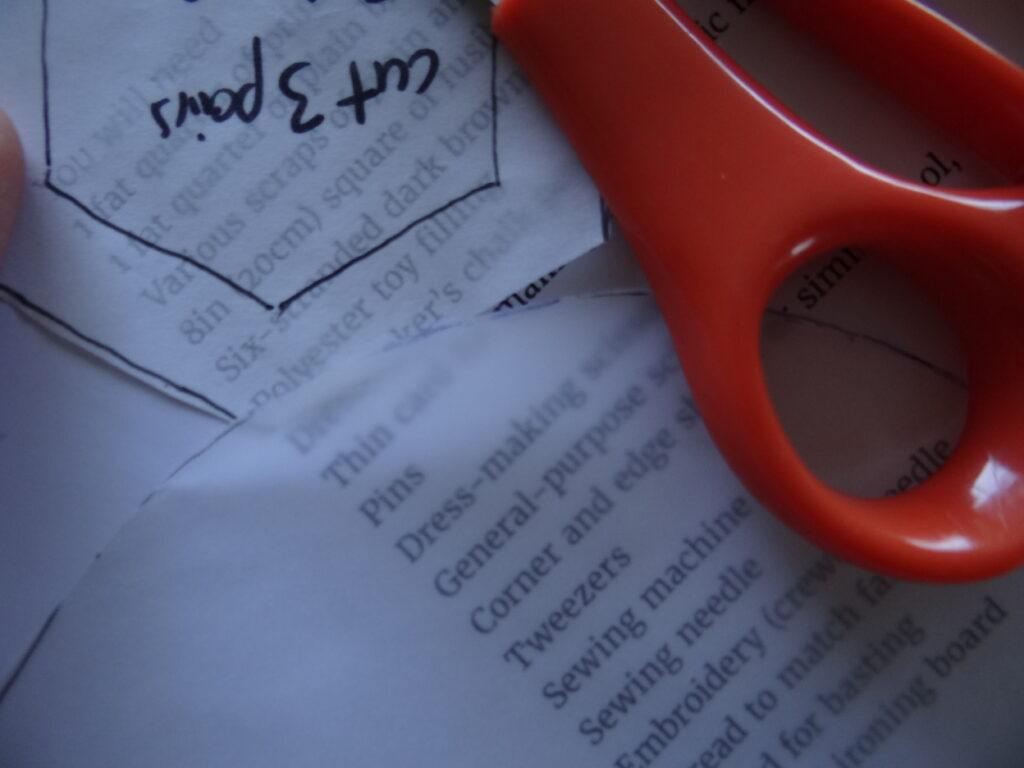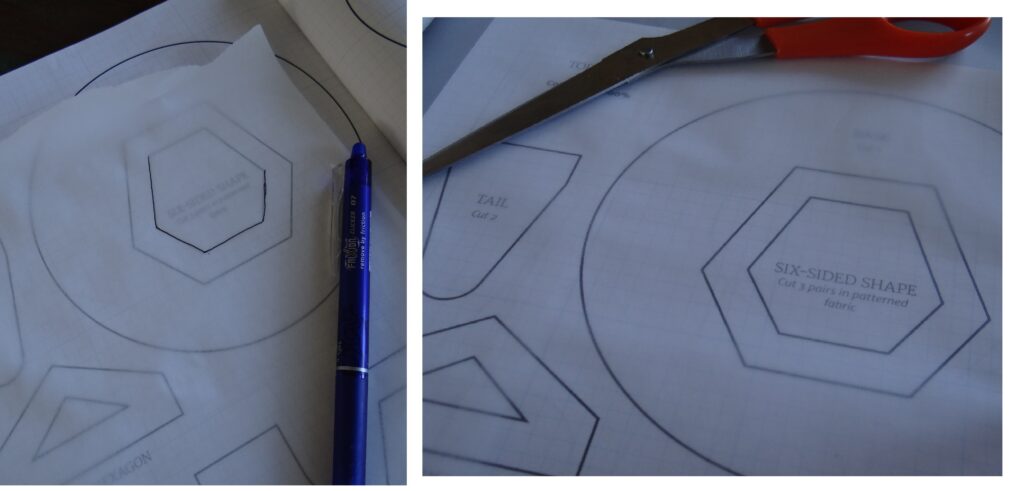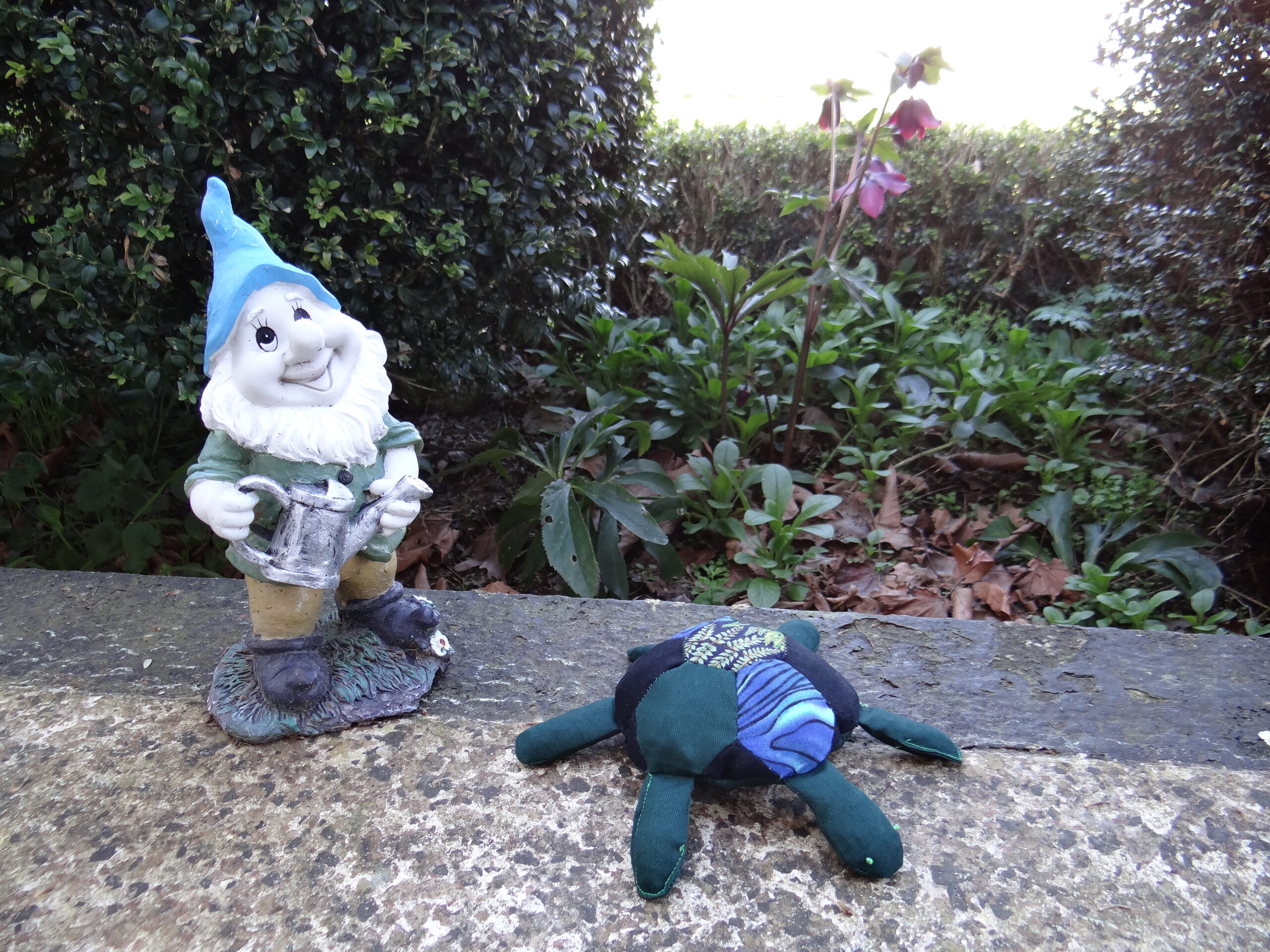Clairefontaine make a range of tracing papers in both roll and sheet format, in a variety of thicknesses.
In stock as of today (07/09/2022):
- A1, A2, A3 sheets 140 or 230 gsm
- Rolls 375 mm wide and 20 metres long, in 40gsm, 90 gsm and 110 gsm thicknesses
According to Clairefontaine, these papers are for technical and creative use, such as graphic drawings with pencil, rapido, felt-tip, graph pens and Indian ink, and printing in offset or in digital techniques.
They are:
- highly transparent
- have good resistance and can be erased or scratched without risk of tearing
- long-lasting and stable to light (will not turn yellow)
- biodegradable, recyclable, acid-free and pH neutral
I often trace sewing patterns and have been trying out a 40 gsm roll (Figure 1). I usually have used the cheapest imitation greaseproof paper available in the food wraps and baking paper section of the supermarket, which does the job. But…I really, really like the Clairefontaine tracing paper!
It’s significantly more transparent and therefore easier to trace through, as shown in Figures 2 and 3, and has a nice sturdy yet lightweight feel. In Figure 3, you can hardly tell that there is actually a sheet of paper over the book!

Figure 2: Clairefontaine 40 gsm tracing paper piece on text to show transparency (bottom) compared to cheap imitation greaseproof (top).

Figure 3: Side-by-side comparison of imitation greaseproof (left) and Clairefontaine tracing paper (40g; right) for tracing a sewing pattern.
The imitation greaseproof I used to use was the Fresha brand, 24 metres by 300 mm wide, or Pams brand which is 10 metres long and the same width for about $4 per roll.
At around $22 a roll of 20 metres, the 40 g Clairefontaine tracing paper is about $1.10 per metre, while the imitation greaseproof works out at about 40 cents per metre, making the Clairefontaine roll 2-3 times more expensive. The heavier weight tracing paper is even more expensive, but for my purposes, tracing sewing patterns, the 40 gsm is perfect.
However, the Clairefontaine paper is significantly wider, which is really handy when it comes to things like adult jeans and dress patterns, and easier to see through which is brilliant when you print multiple sizes at once, which is what I usually do especially for the kids’ clothes, and in fact, the main reason I trace patterns at all!
So, I love the Clairefontaine tracing paper for my sewing! This is what I made, in case you’re wondering (Figure 4)…my first attempt at English paper piecing, all with fabric scraps…he or she isn’t perfect and I may have done some overzealous trimming of the legs and done some obvious top-stitching to make sure they don’t fall apart…but it was fun and I learned things – including about tracing paper!

Figure 4: The stuffed turtle I sewed up while trying out my new roll of Clairefontaine tracing paper.
I’m sure artists and designers would have many other uses for this paper, including the heavier weights and the sheets, too. We would love to hear what you use it for!
